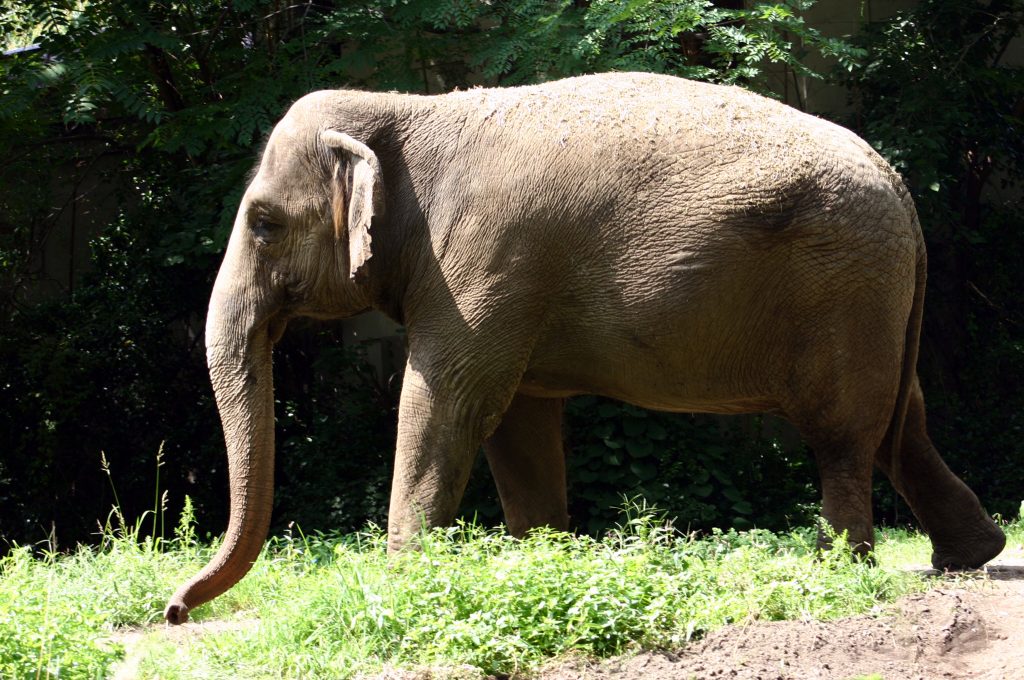The possibility of legal rights for prenatal children is much in the news these days, with the leak of a draft Supreme Court opinion overturning Roe v. Wade and Planned Parenthood v. Casey.
That would represent an incredible victory for pro-life activists, who have spent half a century reminding us that, though hidden, the prenatal human being has all sorts of meaningful traits. A four-chambered heart is pumping the child's blood by week six. Both the mother’s and father’s voice are first recognized in the womb. Prenatal children jump and react to music. And so on.
Though these traits help draw our attention to the prenatal child’s humanity, they are not what ultimately matters for the child’s moral and legal status.
Human beings have inherent and inalienable value because God created us with a nature that reflects his image and likeness. We bear that image and likeness from the time our egg is fertilized in our mother’s womb until we die our natural death.
Other animals do not have the kind of intrinsic dignity that comes from being made in the “imago Dei” (“image of God”). That doesn’t mean they have no value, or that they are mere things or objects for us to use as we wish.
Nonhuman animals do not belong to us, but to God. In the first chapter of Genesis, God pronounces animals “good” in themselves, quite apart from human beings. In Genesis 2 God brings the animals to Adam, not for him to use for food and clothing, but because it is not good for him to be alone.
God’s design and will for any particular animal is reflected in the traits he creates them with.
Elephants, for instance, form intense family bonds. Years later, elephants will return to the place where a family member has died, not unlike humans who visit their loved ones’ graves. Elephants also show signs of self-awareness. “Happy,” an Asian elephant in the Bronx Zoo, is thought to be the first to recognize her own face in a mirror..
Citing these and other sophisticated traits, a group called the Nonhuman Rights Project has been fighting for the zoo to release Happy to live on a reservation. After a string of defeats in lower courts, New York’s Supreme Court recently agreed to hear the group’s appeal.
The group argues that Happy is, essentially, a kind of nonhuman person, that she demonstrates traits of autonomy, the ability to make decisions about how she wants to live her life.
Catholic theologians have long been skeptical of this way of thinking about personhood. I led a group of Catholic theologians who filed a friend of the court brief in support of Happy’s case. We agree that Happy should be set free, but our moral perspective is much different than that of the Nonhuman Rights Project.
The real question is “whether Happy is the kind of creature who may be locked up and used as a mere means to an end,” we said. Our answer is that “forcibly confining” Happy in the zoo “fundamentally misunderstands both (1) the kind of creature God created Happy to be and (2) our moral responsibility to act on behalf of the dominion of God’s Peaceable Kingdom.”
I would urge anyone interested in what the Catholic Church teaches about our moral obligations to animals to read the entire brief.
We need to care for creation, but we cannot accept the idea that nonhuman animals have rights like those we accord to human beings. That would have catastrophic and cascading implications. What’s next? Cases brought on behalf of bodies of water?
Don’t laugh. In February, “Lake Mary Jane,” a body of water in central Florida, filed a lawsuit to protect itself from being “harmed.” More accurately, environmental activists filed the suit on the lake’s behalf.
In discussing moral and legal status claims in the classroom, I’ll often ask my students if it makes sense to them that something inanimate, like a stalactite or great work of art could be harmed. It’s the same question here: In what sense can a lake be harmed?
We know animals can be harmed because they are created by God, they have a purpose in his creation, and we can see when they are flourishing or when they aren’t. When we’re dealing with nonanimal objects in nature — rocks, lakes, a work of art — it is far less clear that we are talking about the moral status of the objects themselves.
In the case of Lake Mary Jane, activists seem less concerned about the “harm” being done to the lake itself and more concerned about protecting their own interests in the lake. “It is long past time to recognize that we are dependent on nature, and the continued destruction of nature needs to stop,” is how the group’s leader put it.
These are important ecological concerns that faithful Catholics must take seriously. But when dealing with lakes and other inanimate objects, our concerns shift from the good of the object to the good of human beings and other animate creatures as it relates to the broader ecological world.
To be clear: Even the most sophisticated nonhuman animal is not worth as much as the least developed prenatal human being. But we can protect both at once.
Prenatal children and nonhuman animals are populations that have no voice and are subject to terrible violence. They are both victims of what Pope Francis calls our “use and throwaway culture.”
Treating both as the kinds of beings that God created them to be calls us to transform society — to resist the throwaway culture, and to welcome the preborn and members of the animal kingdom with a spirit of hospitality and encounter.

